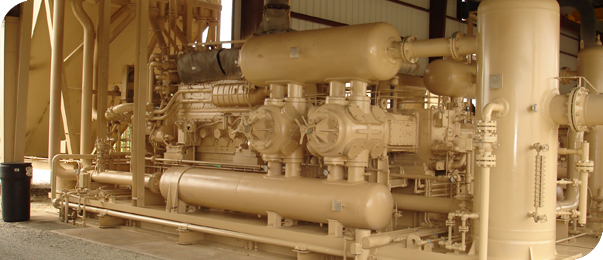Monitoring in Industrial Automation

This week’s article is a guest post from Doyle Taylor, President of Monico Monitoring, Inc.
***************************************
The Role of Monitoring in Industrial Automation
Industrial automation and monitoring go hand in hand. In fact, monitoring enables automation. In a world driven by data, the industrial marketplace now demands full automation systems rather than just the automation of individual pieces of equipment. Monitoring makes this possible.
In the past we settled for an engine, through a programmable logic controller (PLC), working itself through the start-up, run and shut down processes because that eliminated the need for a person on-site to take the machine through that process. In a society where automation has never been more prevalent, we now demand much more.
We not only want things automated, we demand to know how effective that automation is. And while automation has taken over much of the workload that could be considered repetitive, mundane, remote, or too volatile, it has not made overall workload less demanding. In fact, with automation responsible for that portion of the workload we see the opportunity to make higher level decisions and perform more complex tasks. But to do so, we need data. Enter monitoring.
Effective monitoring collects data and uses that data to integrate engines and connected equipment into automation systems. Consider the examples listed below.
Natural Gas Compression
Natural gas monitoring refers to the monitoring of gas compressors used in midstream gathering and pipelines. In a gas compressor, an engine drives the compressor. In this setup, monitoring polls both the engine and compressor controllers for a few hundred available data parameters and provides that data to the SCADA system remotely. It also has the capability of pushing engine information to the compressor controller.
To this capability of providing a unified interface for the engine and compressor controllers, monitoring adds benefits such as real-time data logging and time management to help create an overall natural gas monitoring system. Most serial SCADA networks cannot provide real-time data collection because of network limitations. SCADA is best suited for long-term trending, but real-time data logging can provide valuable data to analyze failures.
With monitoring, operators are able to pull log files and simultaneously log engine data, compressor data, and station data such as suction pressures into one integrated file for maximum analytic capability. This data allows for in-depth analysis used for preventative maintenance, performing freeze-frame diagnostics to pin-point issues for quick assessment and adjustments, taking preventative measures with equipment and leveraging remote monitoring to reduce trips to unmanned sites.
Electric Power Generation
Electric Power Generation is a sector of the industrial market with the specific need of assuring that power sources are automated to react under specific circumstances. This requires that generators are running properly, ready for operation and well maintained. Mission critical facilities such as hospitals, data centers and government facilities use generator monitoring to improve upon basic automation and be prepared for power outages.
A monitoring device can serve as the master to a facility’s generator as well as the circuit breaker controller, high resistance ground monitoring device and automated transfer switch. Data pulled from this equipment is combined into a unified data map and outputted via BACnet to the facility’s building automation or building management system. In some situations, the monitoring device sends the data formatted for BACnet to the building automation system while also formatting that data for SNMP and sending it to a company’s IT department for analysis.
These capabilities move beyond a critical facility’s genset being able to turn on automatically when the main power source fails and toward a full generator monitoring system.
Monitoring in Industrial Automation
Automation systems and equipment monitoring now go hand in hand, and basic automation is becoming a thing of the past. Operators are no longer satisfied with equipment starting and stopping under certain conditions. They now require the knowledge behind why the conditions triggering automated action occur. Could the automated action have taken place sooner or later to save downtime or overhead costs? Could the conditions under which an automated response takes place be more clearly defined? Could other associated equipment effect or be effected by this automatic response?
These questions are answered by the data collected through effective monitoring.
Doyle is a professional sales engineer turned business owner with more than 30 years experience in controls and monitoring engineering, and is a graduate of the Texas A&M University College of Engineering. He specializes in industrial engine integration using many different public and private protocols over serial and Ethernet networks. Doyle worked with our hardware manufacturers and end-users to personally develop Monico’s lines of industrial monitoring products.

